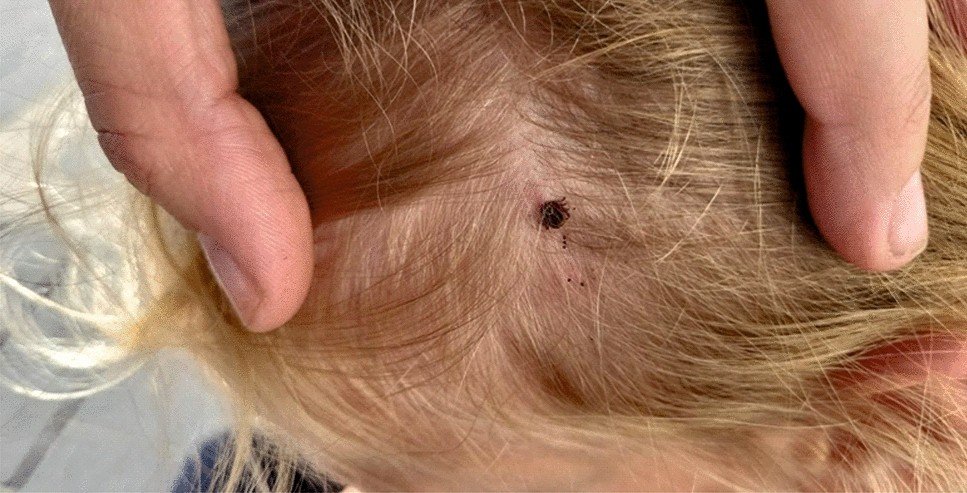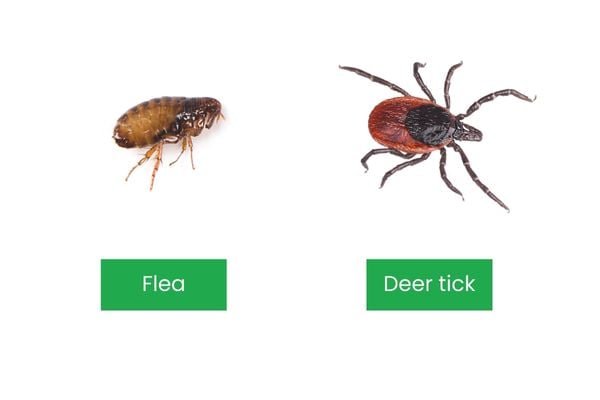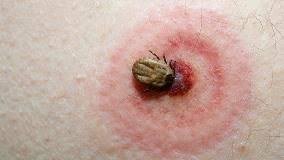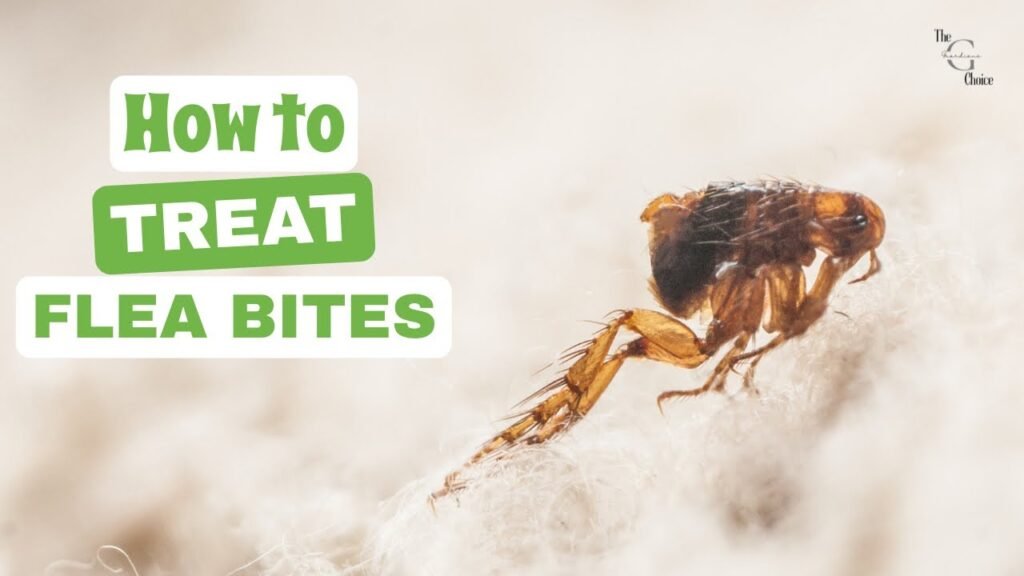Ticks are tiny parasites that feed on blood, and they can carry serious diseases like Lyme disease and Rocky Mountain spotted fever. One of the most important steps in protecting yourself and your pets is knowing where ticks usually bite. Because ticks prefer warm, hidden areas of the body, their bites can often go unnoticed until symptoms appear.
Where Do Ticks Usually Bite on Humans?
Ticks crawl onto the body and search for places that are warm, moist, and less exposed to sunlight. Here are the most common areas:
1. Scalp and Hairline
Ticks often hide in the hair, especially at the base of the neck or behind the ears. They are hard to detect in thick hair.
2. Armpits
The warm, moist environment under the arms is a favorite hiding place for ticks.
3. Waistline and Belly Button
Ticks are commonly found around the waistband where clothing fits tightly, as well as inside or around the navel.
4. Behind the Knees
The folds of the skin behind the knees are ideal for ticks to latch onto without being noticed.
5. Groin Area
Ticks seek warm, protected spots, making the groin one of their most common feeding sites.
6. Between Toes and Around Ankles
If you’ve walked through tall grass or wooded areas, ticks often attach to the ankles and then crawl upward.
Where Do Ticks Usually Bite on Dogs and Pets?
Ticks don’t only target humans—they also frequently bite dogs, cats, and other animals. Common bite areas include:
Ears and around the ear flaps – warm and hidden spots make this a favorite area.
Neck and under the collar – ticks often attach here since collars make it harder to spot them.
Between toes and paw pads – ticks can hide in the tiny spaces between a dog’s toes.
Under legs and armpits – just like humans, ticks love sheltered areas.
Tail base – thick fur around the tail gives ticks protection while feeding.
Why Do Ticks Choose These Areas?
Ticks are attracted to:
Warmth and body heat
Moisture and sweat
Hidden or hard-to-reach areas that reduce the chance of being scratched off
This behavior makes it easier for them to remain attached long enough to feed and potentially transmit diseases.
How to Check for Tick Bites
Since ticks are small, regular checks after spending time outdoors are crucial. Focus on:
Running your hands through your hair and scalp
Using a mirror to inspect armpits, groin, and back
Checking ankles, knees, and behind ears carefully
Examining pets thoroughly, especially after walks in wooded or grassy areas
What to Do if You Find a Tick Bite
Remove the tick immediately using fine-tipped tweezers, pulling it straight out without twisting.
Clean the area with soap, water, and antiseptic.
Monitor for symptoms such as rash, fever, fatigue, or muscle aches.
Consult a doctor or vet if you notice unusual symptoms in yourself or your pet.
Conclusion
Knowing where ticks usually bite helps you check the right areas on your body and your pets after outdoor activities. By focusing on warm, hidden spots like the scalp, armpits, groin, and behind the knees, you can detect ticks early and lower the risk of tick-borne diseases. Regular inspections and quick removal are the best defenses against these tiny but dangerous parasites.





